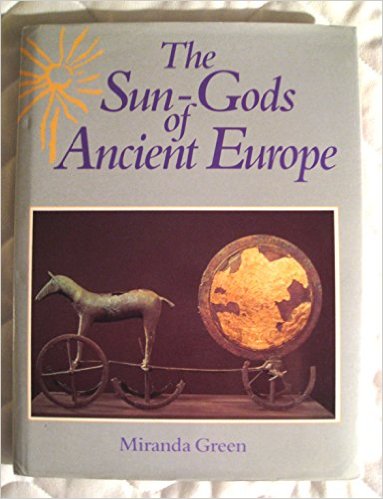The ancient European sun-cults are remarkable for their diversity and complexity. From at least the Neolithic to the Roman period, pagan European communities drew symbols of the sun, built shrines and fashioned images which acknowledged its daily and seasonal behaviour, its essential heat and light-giving properties and its manifold associations. The author examines the diverse archaeological and iconographic evidence of sun worship from 2000 BC to AD 400, a period when, in much of central, eastern and northern Europe, a reverence towards the sun as a divine phenomenon appears to have dominated man's attitude to the supernatural. The book begins by tracing the chronological developments of sun-worship, from the megalithic tombs and structures of the Neolithic and Early Bronze Age, through the great expansion of sun-worship in the later Bronze Age, possibly stimulated by climactic deterioration in northern Europe, to the complex anthropomorphic perceptions of the Celtic and Roman periods. Later chapters analyze the diverse ways in which humans perceived and depicted the sun, from wheels, circles and swastikas to human figures with solar attributes.
From one of the many supernatural forces that had to be appeased and invoked, the sun-god had developed into ruler over the cosmos, protector-guardian, and symbol of the most important of earthly concerns: fertility and death. This book is a comprehensive analysis of the degree of penetration of the sun-cult into many divergent religious practices, and will be useful to students of archaeology and anthropology.
- ISBN10 0713458569
- ISBN13 9780713458565
- Publish Date 5 July 1991
- Publish Status Out of Print
- Out of Print 12 July 2000
- Publish Country GB
- Publisher Batsford Academic & Educational Ltd
- Imprint Batsford
- Format Hardcover
- Pages 168
- Language English
